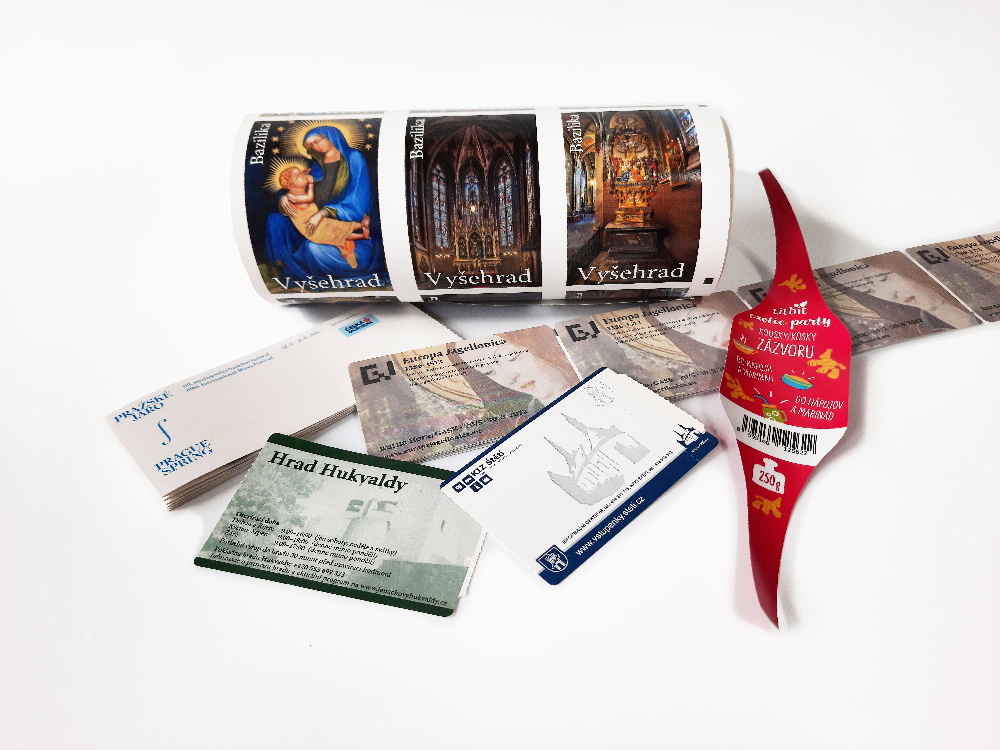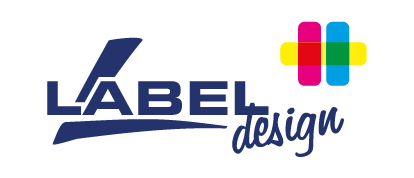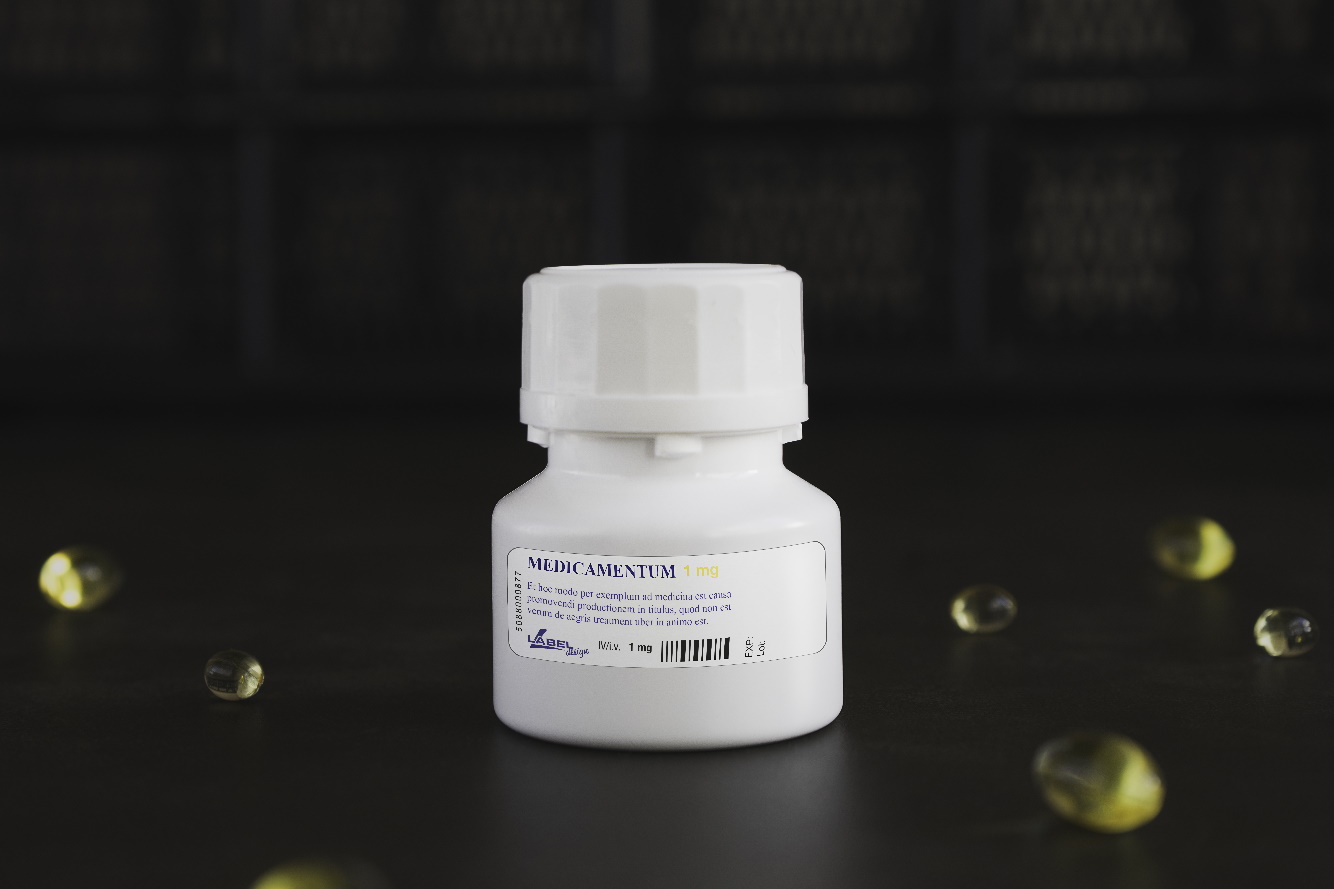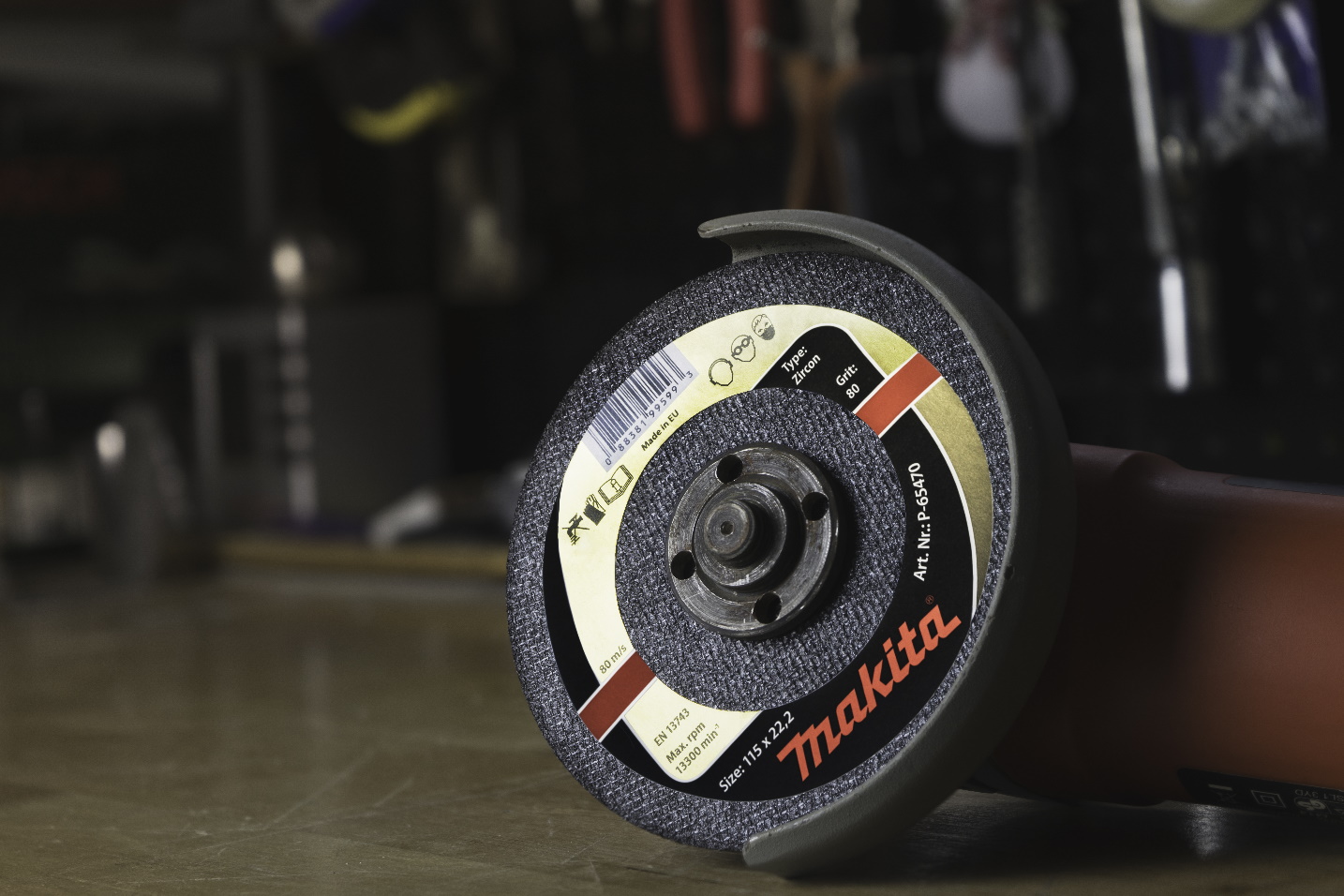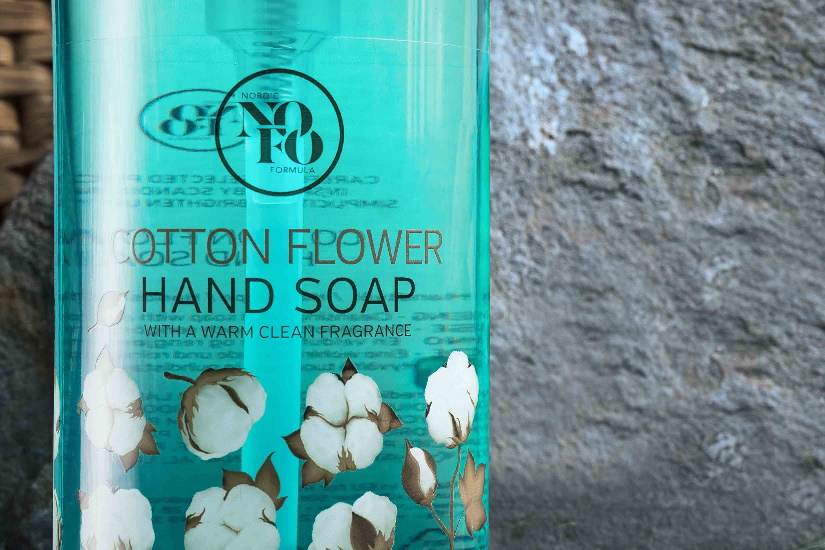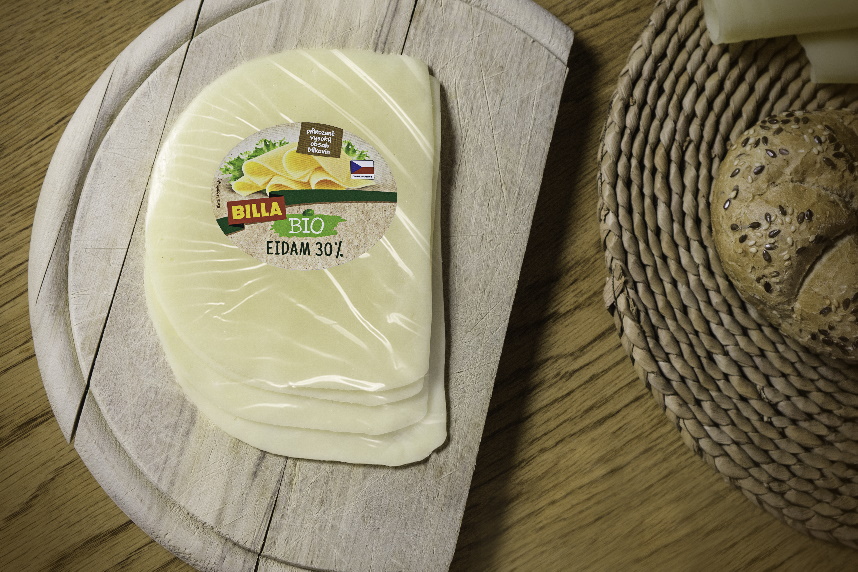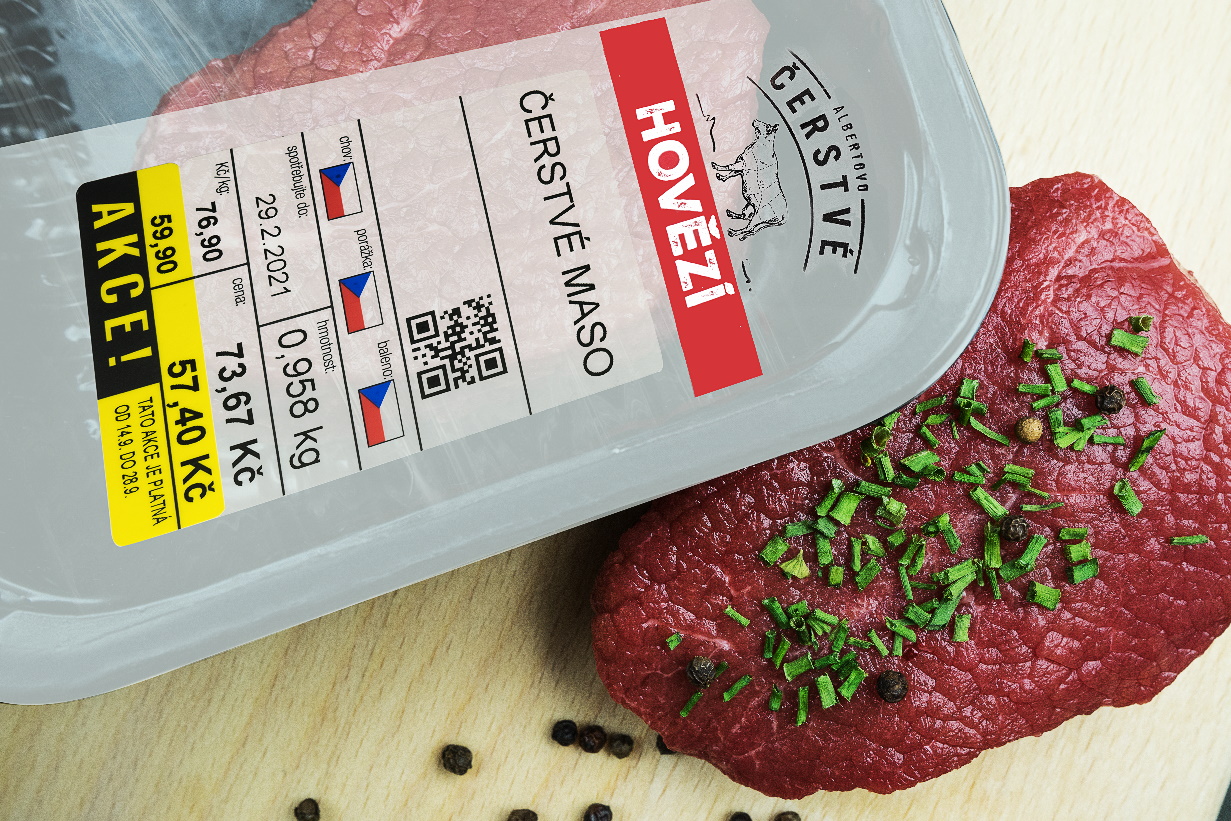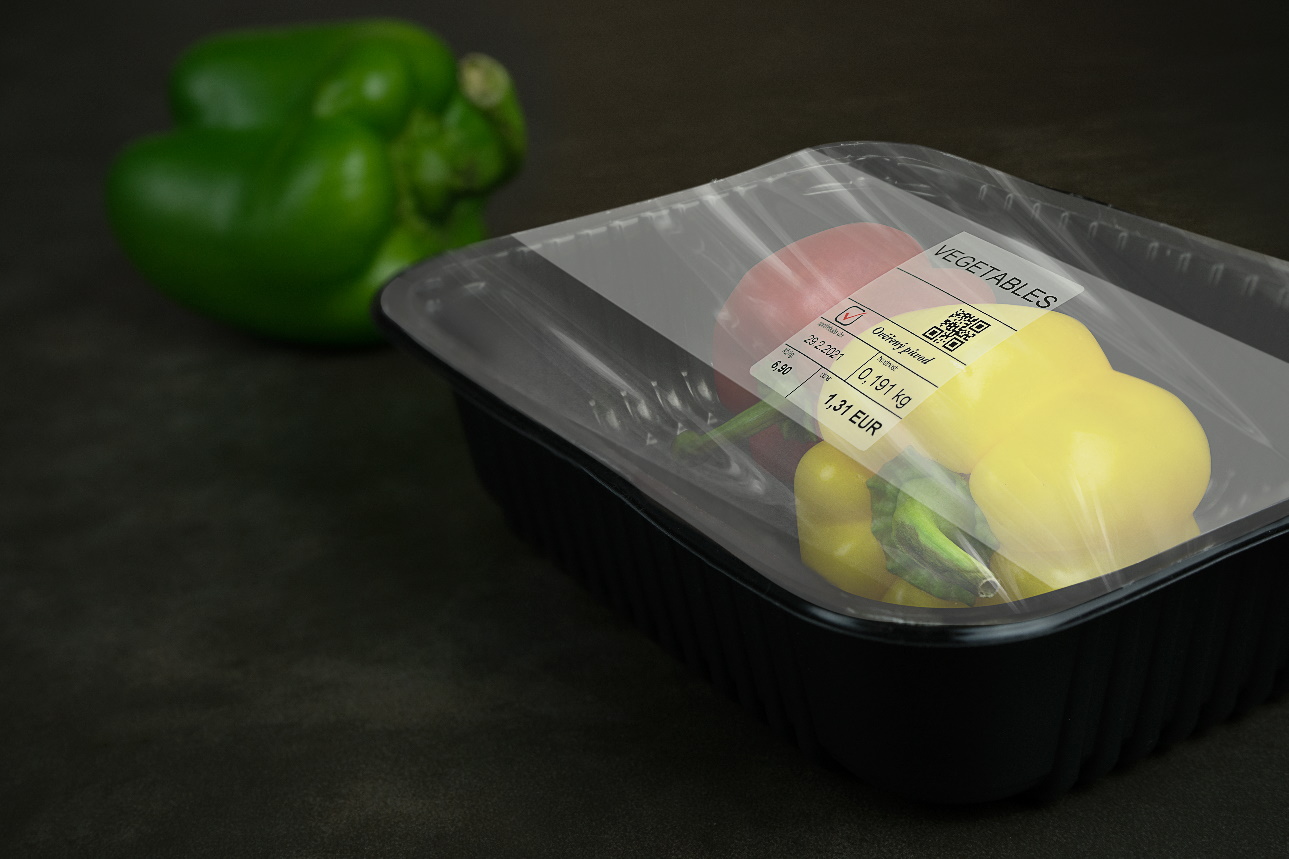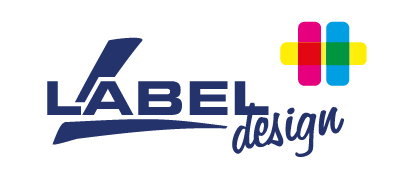Products
Graphic labels
A label with a beautiful design, professionally processed and printed clearly sells a product. The largest part of our portfolio is made up of multicolored labels with the option to emboss, print on the glue and on the reverse side, with surface treatment with a UV gloss coating or lamination. Any technology or their combination can be used for the production of these labels. From flexographic printing through offset to screen printing. These labels are used in food products, food supplements, beverages, cosmetics, household chemicals, paints, and varnishes, in advertising and others. They can also carry information (composition, EAN code, address ...), or they can create the image of the product.
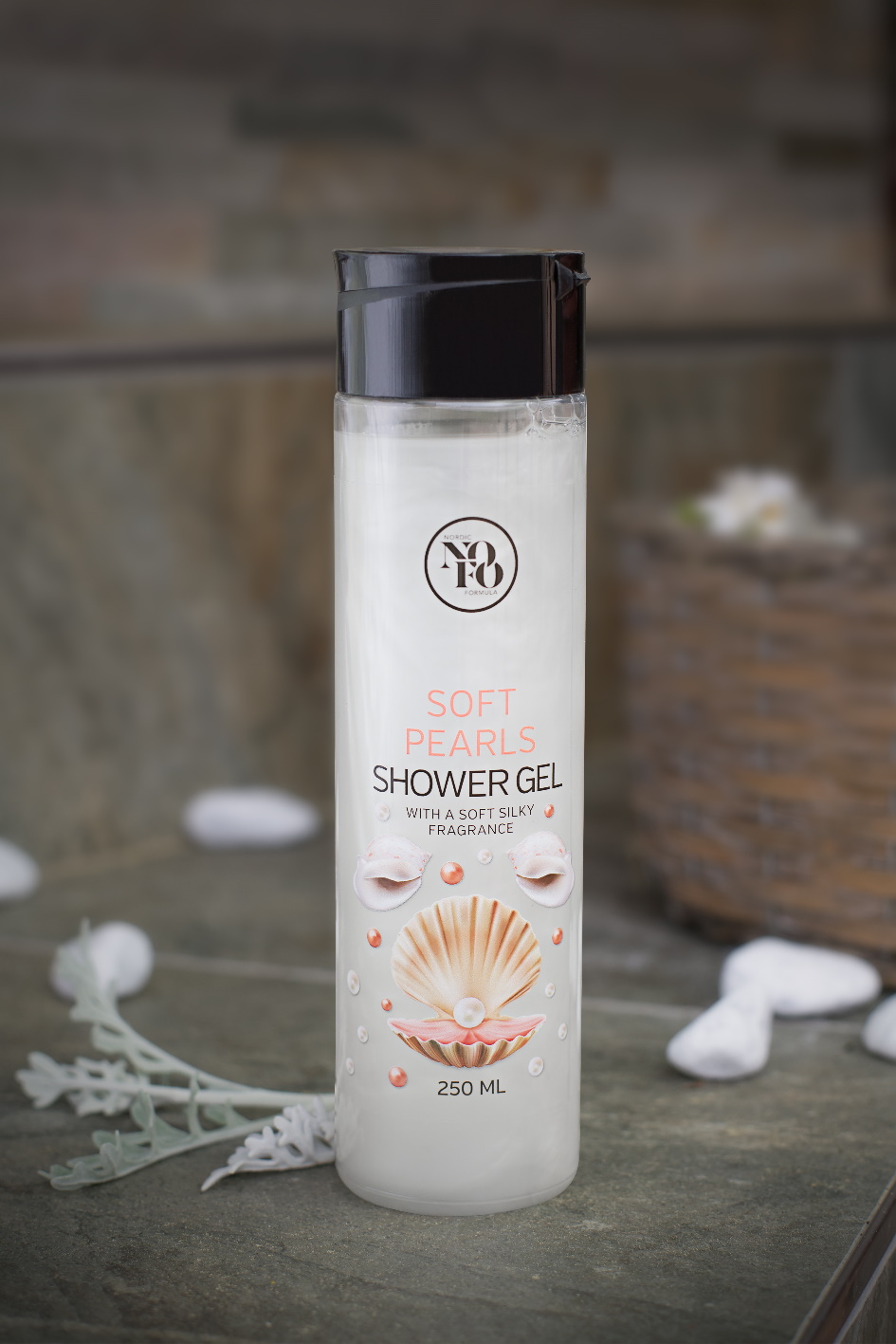
Thermal labels
These labels are made of a material that contains a thermosensitive layer. As a result, the material turns black when heated, which is used for the subsequently required reprint. The equipment used for reprinting usually includes thermo-scales, thermal printers, or in combination with a labeling line. Matt material is used to produce clean unprinted or simple 1-2 color thermal labels. Today, this type of label is complementary to the main graphic label on the product. This material is not glossy. Glossy material is intended for shiny labels, and is usually multicolored. Whereas once a single-colored label with text was enough, exclusive graphics are now used. Transparent labels are now used, which are suitably combined with goods packaging, such as packaged vegetables, cheese, or meat.
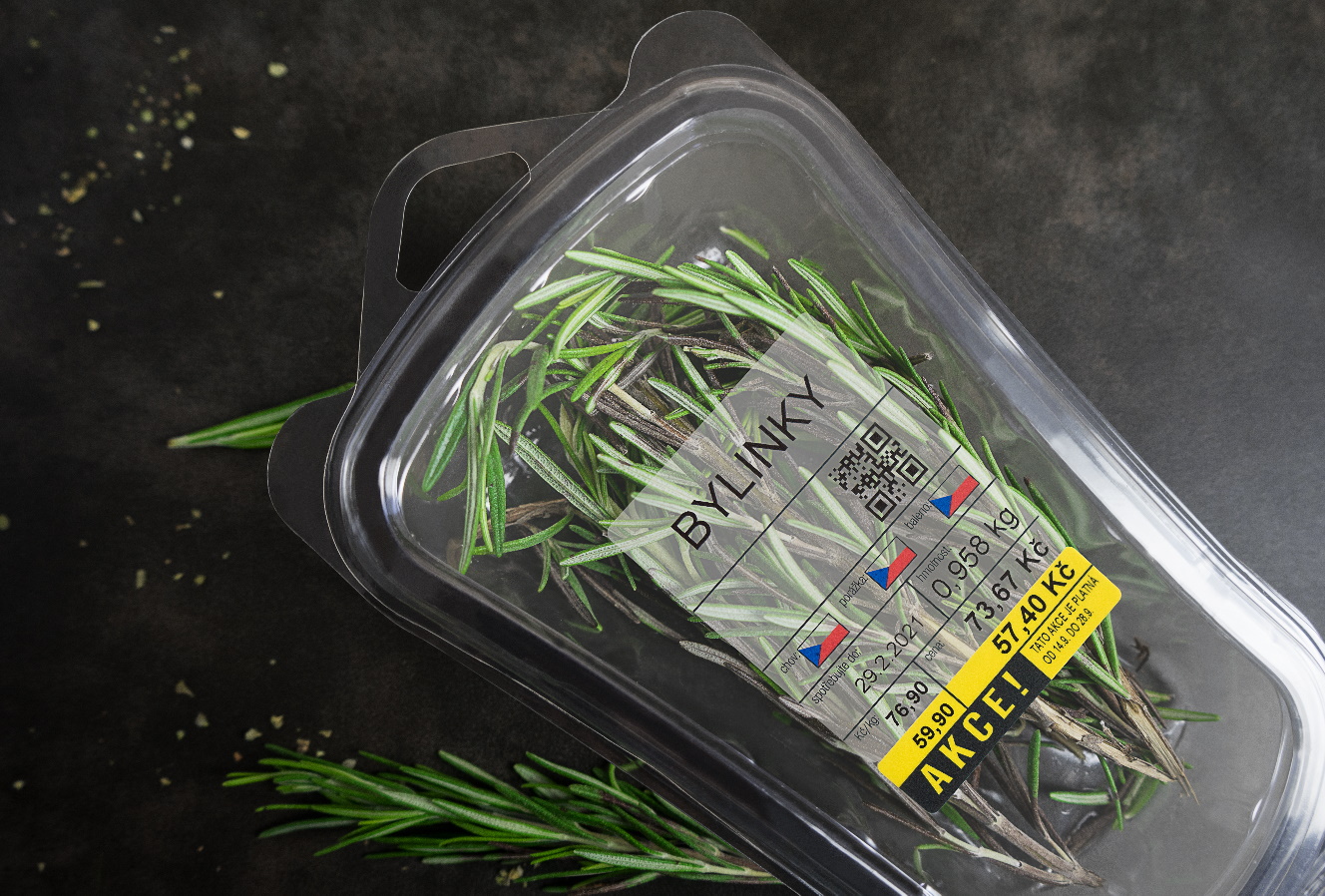
Labels without print
Today, these labels have a huge utilization in virtually all forms of human activity. Thanks to the great variety and availability of reprinting devices, this type of label has penetrated into most companies, where it is used almost every day. They are used mainly for labelling goods, cartons, pallets, for stock records, but also for samples, semi-finished products, documents and more. The labels have the necessary identification data after reprinting. Based on how the customer intents to use them, the construction of the label is designed with the most suitable material and surface treatment.
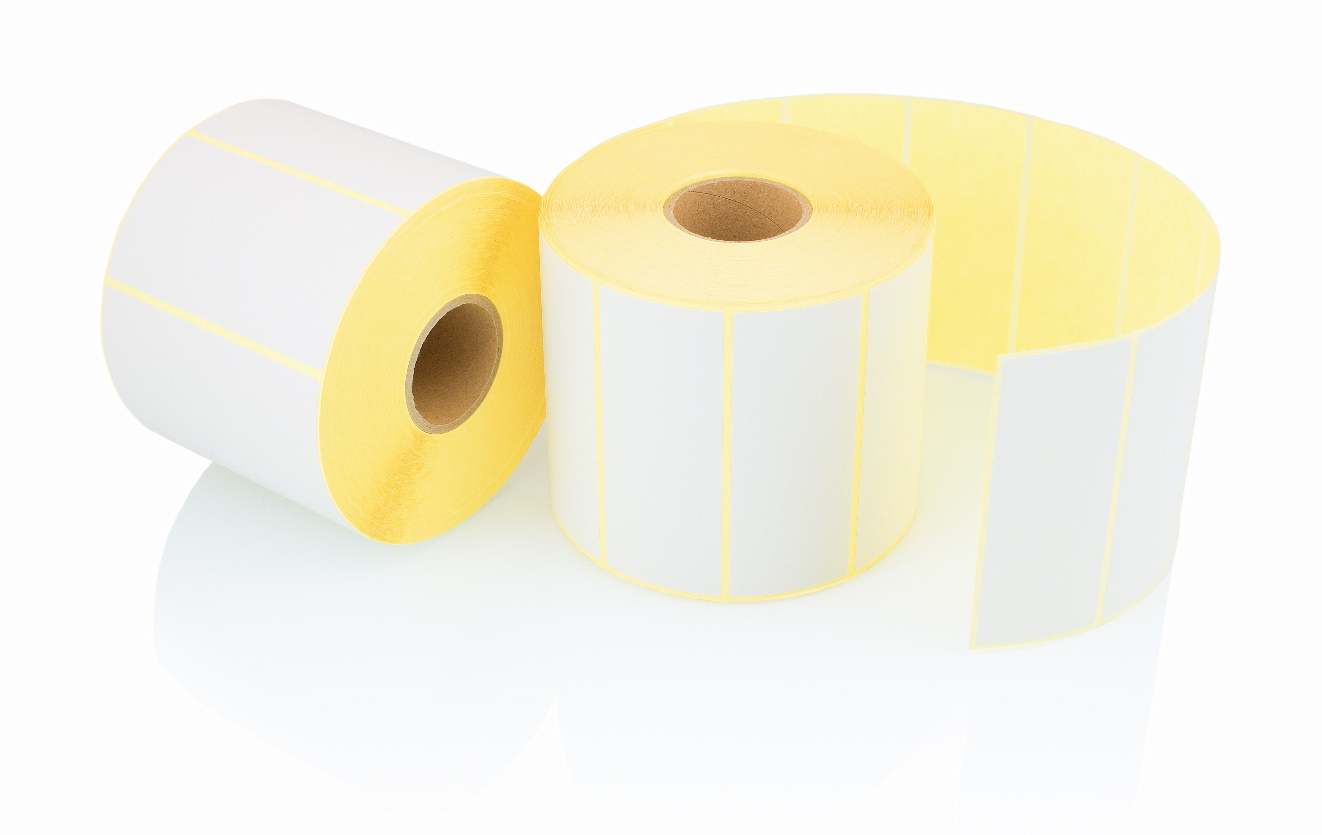
Peel-oFF Labels
Booklets are labels with an inserted leaflet. The creation of this product arose from the need for more space to display information than the label allowed. Today, in addition to this requirement, it also meets the need to expand sales support, and brand visibility. Sandwich is a multi-layer label, which can be reopened and closed. After gluing, both layers remain firmly connected at the end. Therefore, the label is not damaged after the first use and remains in one piece. The upper part can be used for eye-catching graphics. After peeling off the top layer, the space of two sides opens up for all the required text. This product is most often used for creams, nail polishes, gels, and similar products where the space for the label is relatively small. When applied to the product, wrap-around labels are layered by twisting the label over itself. The ideal packaging is a round bottle or jar. The label is easy to apply to the product from the end and also offers plenty of space for communicating to the customer.
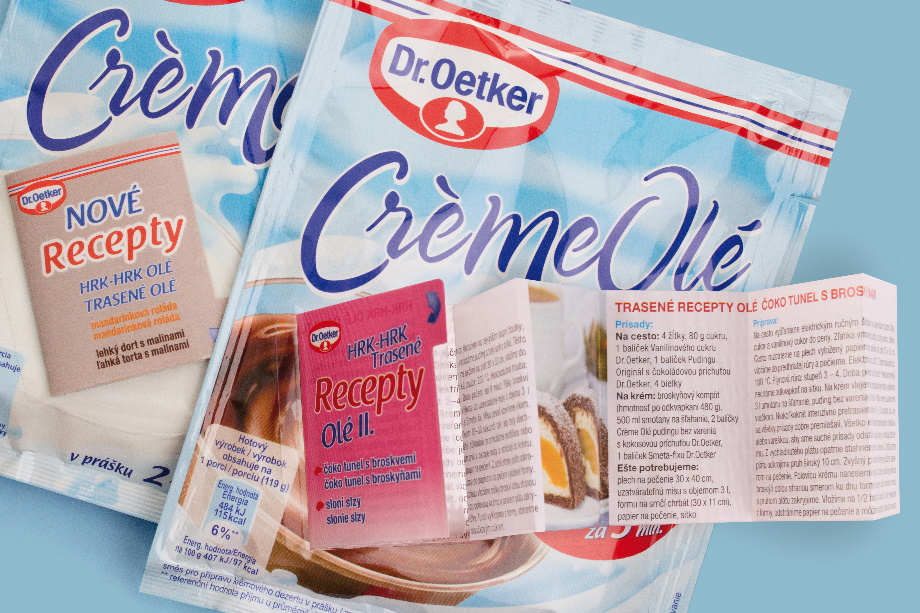
Durables Labels
This is a range of labels with a special foil top material. It must meet strict requirements for durability, thermal and chemical resistance, and adhesive strength, depending on the specific use of the label. Especially from the point of view of what they are attached to, and with regard to the environment to which they will be exposed. The material is developed for the most demanding conditions with impressive durability. They are used mainly in the automotive, electrical, and other industries.
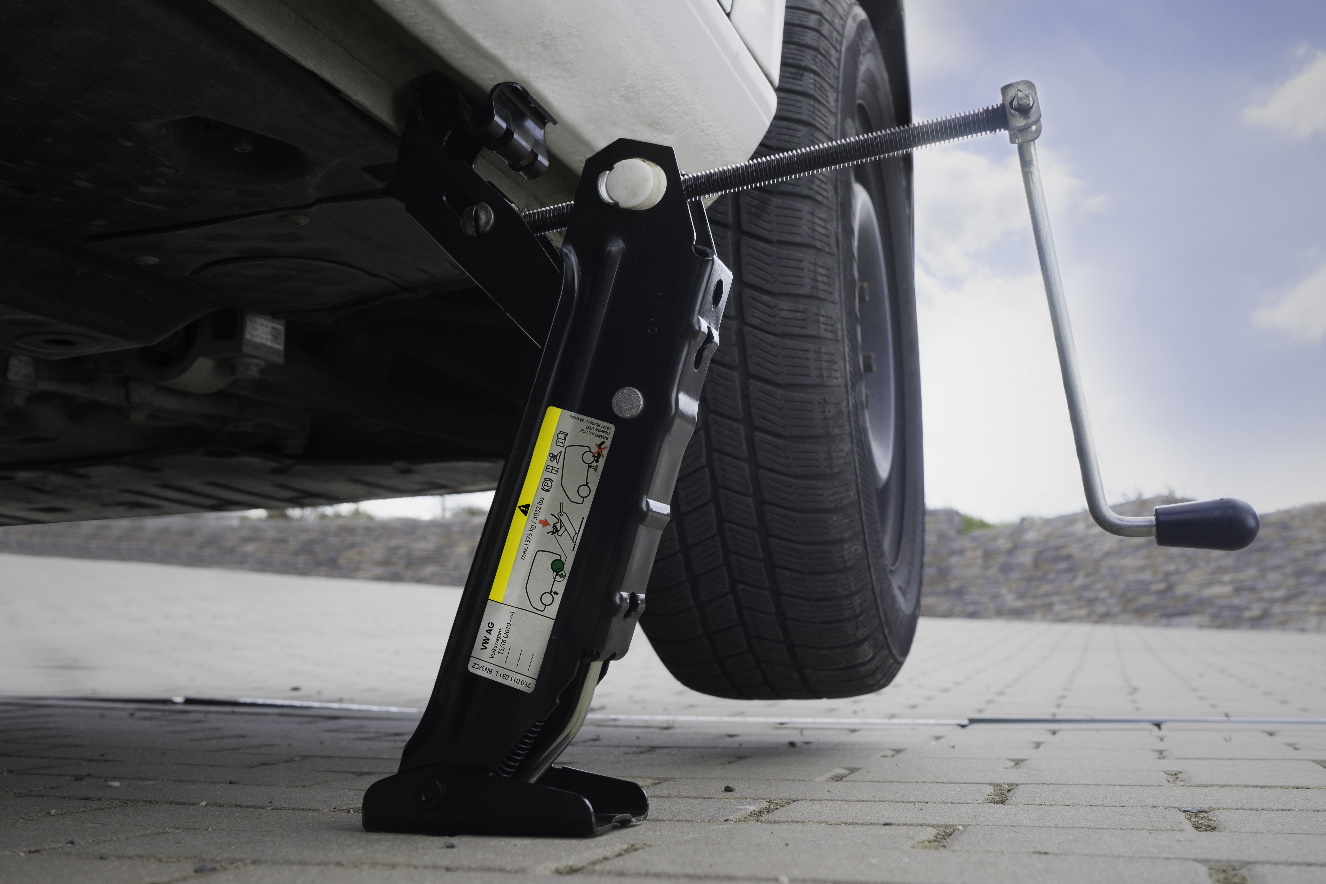
TICKETS AND TAGS
Tickets have various designs, mostly with perforations, the use of security features (hologram, invisible colors, numbering), and with the possibility of full-color printing on the front and reverse side. Tickets are designed individually in a form that the customer can seamlessly reprint and process them. They are packed in rolls or folded. The material is non-self-adhesive, usually thicker paper with a thermosensitive layer for reprinting the tickets. Tags are made of non-self-adhesive material with the possibility of a thermosensitive layer for reprinting. They are suitable for packaging on which it is not possible to stick a label or print. Tags can be both paper and plastic. They can be used when packing fruits and vegetables into mesh bags, sweets in decorative bags, for labelling clothes and shoes, and others. The color options can be from unprinted to full-color tags.
